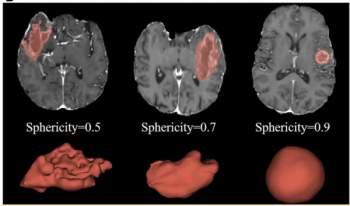
Low tumor sphericity on preoperative MRI is associated with a significantly higher mortality rate in patients with IDH-wildtype glioblastoma, according to a new study.
Senior Editor, Diagnostic Imaging

Low tumor sphericity on preoperative MRI is associated with a significantly higher mortality rate in patients with IDH-wildtype glioblastoma, according to a new study.
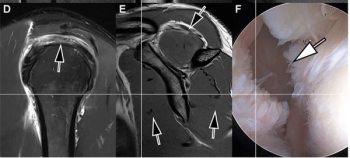
Researchers found that the use of seven-minute threefold parallel imaging-accelerated deep learning 3T MRI had 89 percent sensitivity for supraspinatus-infraspinatus tendon tears and 93 percent sensitivity for superior labral tears.
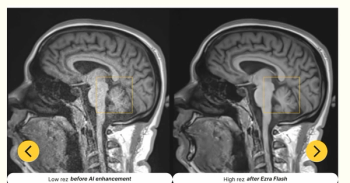
The updated AI-enabled software reportedly facilitates enhanced MRI imaging of the brain, abdomen, and pelvis.

The PET radiopharmaceutical SAR-bisPSMA has garnered three FDA fast track designations in a six-month period for use in the detection and management of prostate cancer.
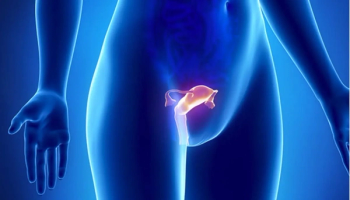
Women with uterine fibroids and Medicaid coverage are significantly more likely to be treated with uterine artery embolization than those with commercial insurance, according to newly published research.
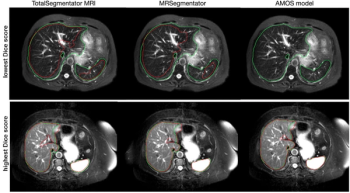
The open-source, deep learning MRI segmentation tool reportedly offers over a 10 percent higher Dice score than similar segmentation models for 40 anatomical structures.
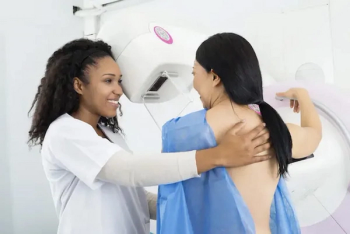
Black, Hispanic, and Asian women were over 25 percent less likely than White women to have same-day follow-up diagnostic service after abnormal findings on screening mammography exams, according to a new study involving over one million patients.
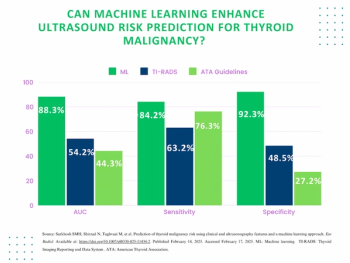
In a study involving assessment of over 1,000 thyroid nodules, researchers found the machine learning model led to substantial increases in sensitivity and specificity for estimating the risk of thyroid malignancy over traditional TI-RADS and guidelines from the American Thyroid Association.
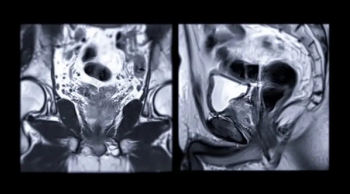
Researchers found that patients with high PSA density have more than double the risk of false-negative findings on prostate MRI and those with low PSA density are significantly less likely to have false-positive results.
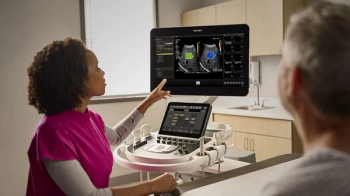
Offering an array of AI-powered automation and image optimization, the new Elevate software is geared to maximizing workflow efficiencies for the EPIQ Elite and Affiniti ultrasound systems.
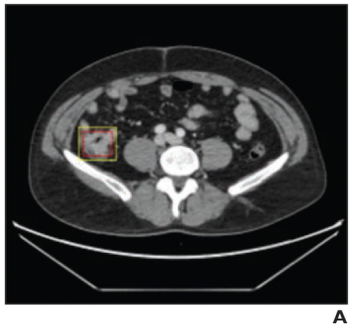
For the assessment of contrast-enhanced abdominopelvic CT exams, an artificial intelligence model demonstrated equivalent or better sensitivity than radiologist readers, and greater than 90 percent specificity for the diagnosis of colorectal cancer.
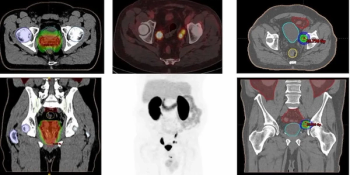
18F-DCFPyL facilitated detection of recurrent prostate cancer in 51 percent of patients with PSA levels ranging between 0.2 to 0.5 ng/ml, according to new research presented at the American Society of Clinical Oncology Genitourinary Cancers (ASCO-GU) Symposium.
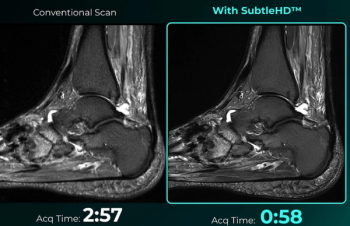
Enabling up to 80 percent faster MRI scan times, the SubtleHD software is included in the newly launched AI software suite Subtle-Elite.
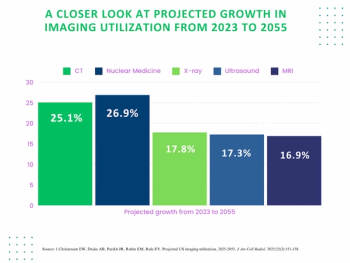
Reviewing current and emerging trends in imaging utilization and the impact of attrition rates and radiology residency positions on the field, researchers explore the future of radiology with two new provocative studies.
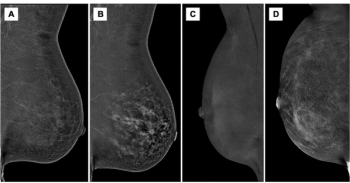
New research shows that premenopausal status, lactation, and hormone replacement therapy (HRT) all lead to higher background parenchymal enhancement grades on contrast-enhanced mammography.
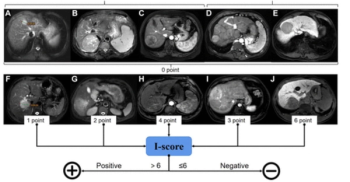
Preoperative use of the scoring system for gadoxetic acid-enhanced MRI demonstrated an average AUC of 85 percent and average specificity of 89 percent in external validation cohorts for pathologic features of hepatocellular carcinoma.
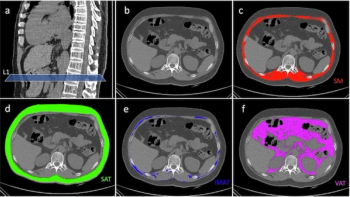
A high intermuscular adipose index has a 49 percent increased likelihood of being associated with lower overall survival in patients with resectable non-small cell lung cancer (NSCLC), according to new research.
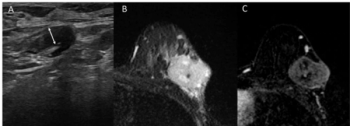
Anterior tumor location was over 14 times more likely to be associated with axillary metastasis after neoadjuvant treatment for breast cancer, according to new breast MRI and ultrasound research.

In a video interview from the International Stroke Conference (ISC), Jeremy Heit, M.D., Ph.D., discussed new research revealing over 90 percent sensitivity and specificity rates for AI detection of subdural hematomas on non-contrast-enhanced head CTs.

Phase 2 studies of the BR55 ultrasound contrast agent reportedly demonstrated a 95 percent accuracy in showing the expression of vascular endothelial growth factor receptor 2 (VEGFR2) in bowel segments reflecting active inflammation in patients with Crohn’s disease.
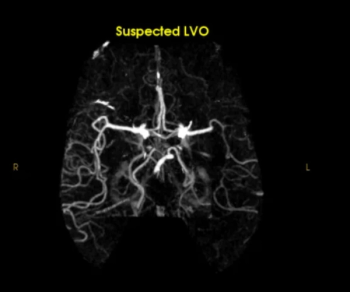
The Rapid LVO AI software detected 33 percent more cases of large vessel occlusion (LVO) on computed tomography angiography (CTA) than Viz LVO AI software, according to a new comparative study presented at the International Stroke Conference (ISC).

The PET/CT agent 18F-PSMA-1007 offered the highest surface under the cumulative ranking curve (SUCRA) out of nine radiotracers at the patient and lesion level for detecting clinically significant prostate cancer (csPCa), according to a meta-analysis.
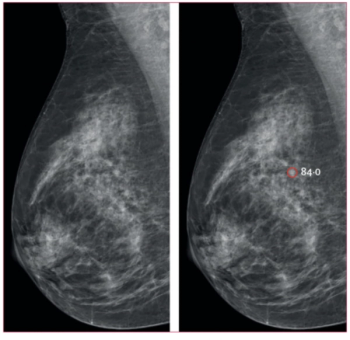
Use of the mammography AI software had a nearly equivalent false positive rate as unassisted radiologist interpretation and resulted in a 44 percent reduction in screen reading workload, according to findings from a randomized controlled trial involving over 105,000 women.
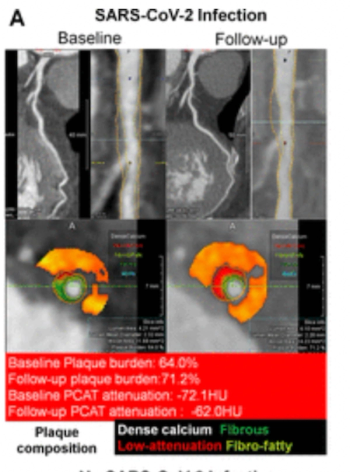
Prior COVID-19 infection was associated with a 28 percent higher progression of total percent atheroma volume (PAV) annually and over a 5 percent higher incidence of high-risk plaque in patients with coronary artery lesions, according to CCTA findings from a new study.

Emphasizing the role of radiologists in facilitating timely diagnosis of Marfan syndrome, Alan Braverman, M.D. discussed the use of echocardiography, CT, and MRI in evaluating patients with this genetic aortic condition.
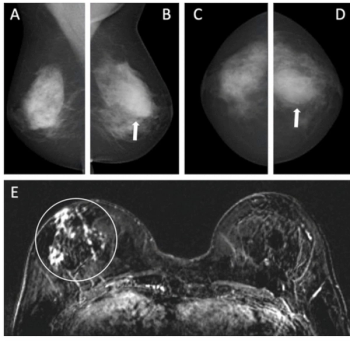
For women with intermediate risk and a personal history of breast cancer, an emerging AI system offered an 81 percent AUC for breast cancer detection, according to new research.
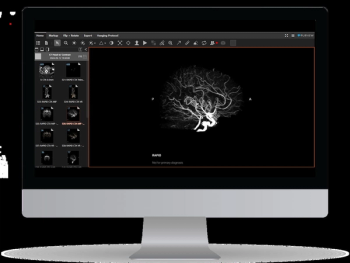
The artificial intelligence (AI)-enabled software Lumina 3D reportedly provides reconstructions of computed tomography angiography (CTA) images of the head and neck in minutes.
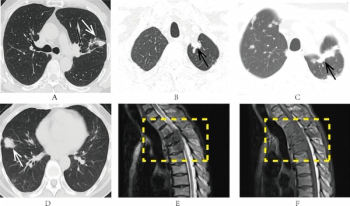
A predictive model for non-small cell lung cancer (NSCLC) recurrence, based on clinical parameters and CT findings, demonstrated an 85.2 percent AUC and 83.3 percent sensitivity rate, according to external validation testing in a new study.
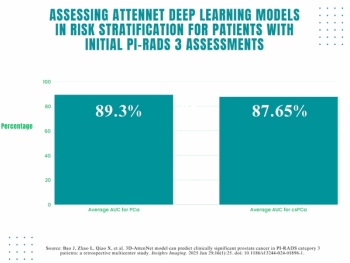
In external validation testing, a deep learning model demonstrated an average AUC of 87.6 percent for detecting clinically significant prostate cancer (csPCA) on prostate MRI for patients with PI-RADS 3 assessments.
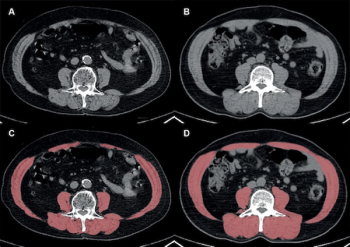
For those without low skeletal muscle mass on CT and myosteatosis, obese patients have a 23 percent lower risk of death than non-obese patients after undergoing curative resection for non-small cell lung cancer, according to newly published research.